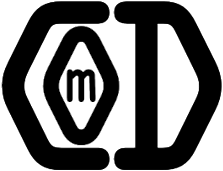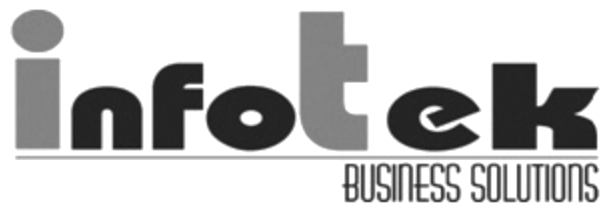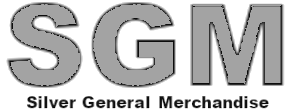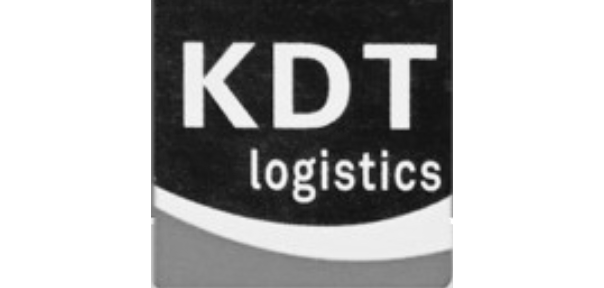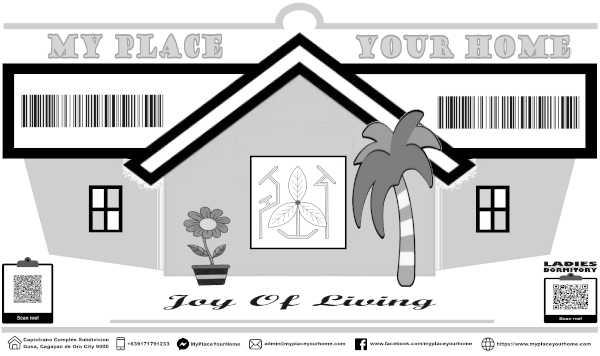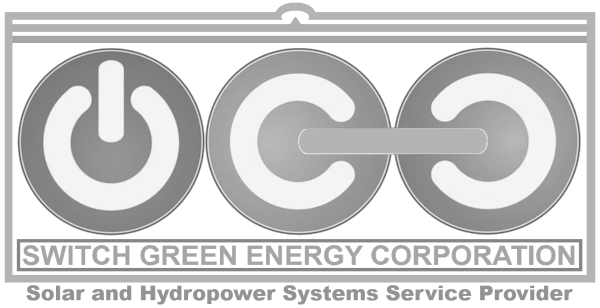Services
Software Programming and Development is the process of conceiving, designing, implementing, and testing software applications. It involves writing code in various programming languages to instruct computers to perform specific tasks. This encompasses a wide range of activities, from creating simple mobile apps to developing complex enterprise-level software systems.
What I can do
for your business
OM Creative Design primarily catered to small and medium-sized enterprises (SMEs) or establishments requiring information systems, both legacy and cloud-based. Services included consulting, custom program development, and implementation for Accounting Applications such as Inventory, Accounts Receivable, Accounts Payable, Payroll, and General Ledger. Furthermore, OM Creative Design developed customized non-Accounting Programs, such as Point-of-Sale Systems and Hotel & Restaurant Information Systems, Gasoline Station Systems, for clients with specific requirements, including a Cloud-Based Cargo Forwarding System, Content Management Systems, Online Store, Electronic Medical Record (OpenEMR), etc.
Requirements Gathering: Understanding the needs and objectives of the software.
Design: Planning the architecture and structure of the software.
Coding: Writing the actual code using programming languages like PHP, Python, Javascript, VBA, Java, C++, TSQL, PL/SQL, etc.
Testing: Identifying and fixing bugs and ensuring the software functions as intended.
Maintenance: Ongoing support and updates to the software after its release.
Custom Systems & Programs You Need
The listed systems and programs are only a small sample of what I can offer you.
Programs and Systems
Programming Tools Of The Trade
LAMP Stack
Content Management System – WordPress & Drupal
Many Major
Companies Showed Trust
My clients’ achievements serve as the strongest evidence of my value.
